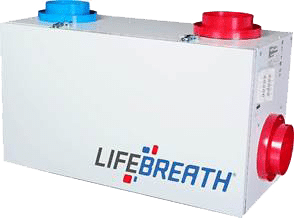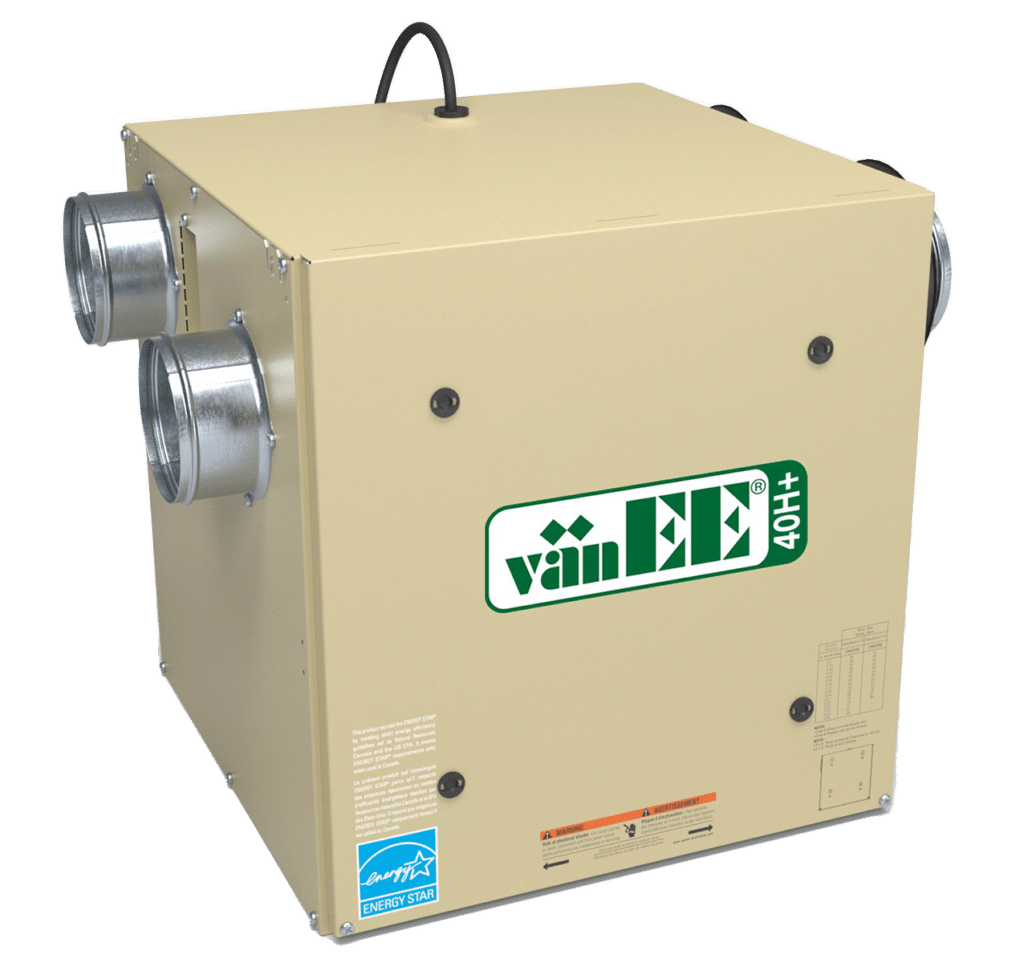What are HRVs and ERVs?
Improving indoor air quality is crucial and HRVs and ERVs play an essential role in it. These two devices help to ventilate indoor spaces while helping to minimize energy loss. In this article, we’ll explain what HRVs and ERVs are and how they can improve indoor air quality.

The Basics of HRVs and ERVs
HRV stands for Heat Recovery Ventilator, while ERV stands for Energy Recovery Ventilator. These two devices work by exchanging stale indoor air with fresh outdoor air, while capturing some of the heat or coolness of the outgoing air and transferring it to the incoming fresh air, reducing the energy needed to bring the fresh air up to the desired indoor temperature.
HRVs vs. ERVs
The main difference between HRVs and ERVs is that HRVs transfer heat, while ERVs transfer both heat and moisture. This makes ERVs particularly useful in areas with high humidity levels, where reducing moisture is critical.


Why are HRVs and ERVs important?
HRVs and ERVs are important for indoor air quality for several reasons. One is that they help to remove pollutants from indoor air, such as carbon dioxide, volatile organic compounds, and other contaminants that can negatively affect our health. Another reason is that they help to regulate indoor humidity levels. Excess humidity can lead to mold growth and other moisture-related issues, while low humidity can cause dry skin, affect respiratory problems, and other health issues. Finally, HRVs and ERVs could help to reduce energy usage by minimizing the amount of energy needed to heat or cool incoming fresh air.
How do HRVs and ERVs work?
HRVs and ERVs work by using a heat exchanger to transfer heat (and moisture, in the case of ERVs) between incoming and outgoing air streams. The two air streams are kept separate by the exchanger core, which allows heat to be transferred without allowing the two air streams to mix.
Choosing an HRV or ERV
When choosing an HRV or ERV, there are several factors to consider, such as the size of the unit, the type of exchanger core, and the energy efficiency rating. A Home Comfort Advisor can help you determine which type of unit is best suited for your needs.
HRVs and ERVs play a vital role in improving indoor air quality. By capturing heat and moisture from outgoing air and transferring it to incoming fresh air, these devices can help to remove pollutants, regulate indoor humidity levels, and potentially reduce energy costs. Consider investing in an HRV or ERV to help keep your indoor environment healthy and comfortable.
Want to learn more about improving the air in your home? Be sure to read our Ultimate Indoor Air Quality Guide!








